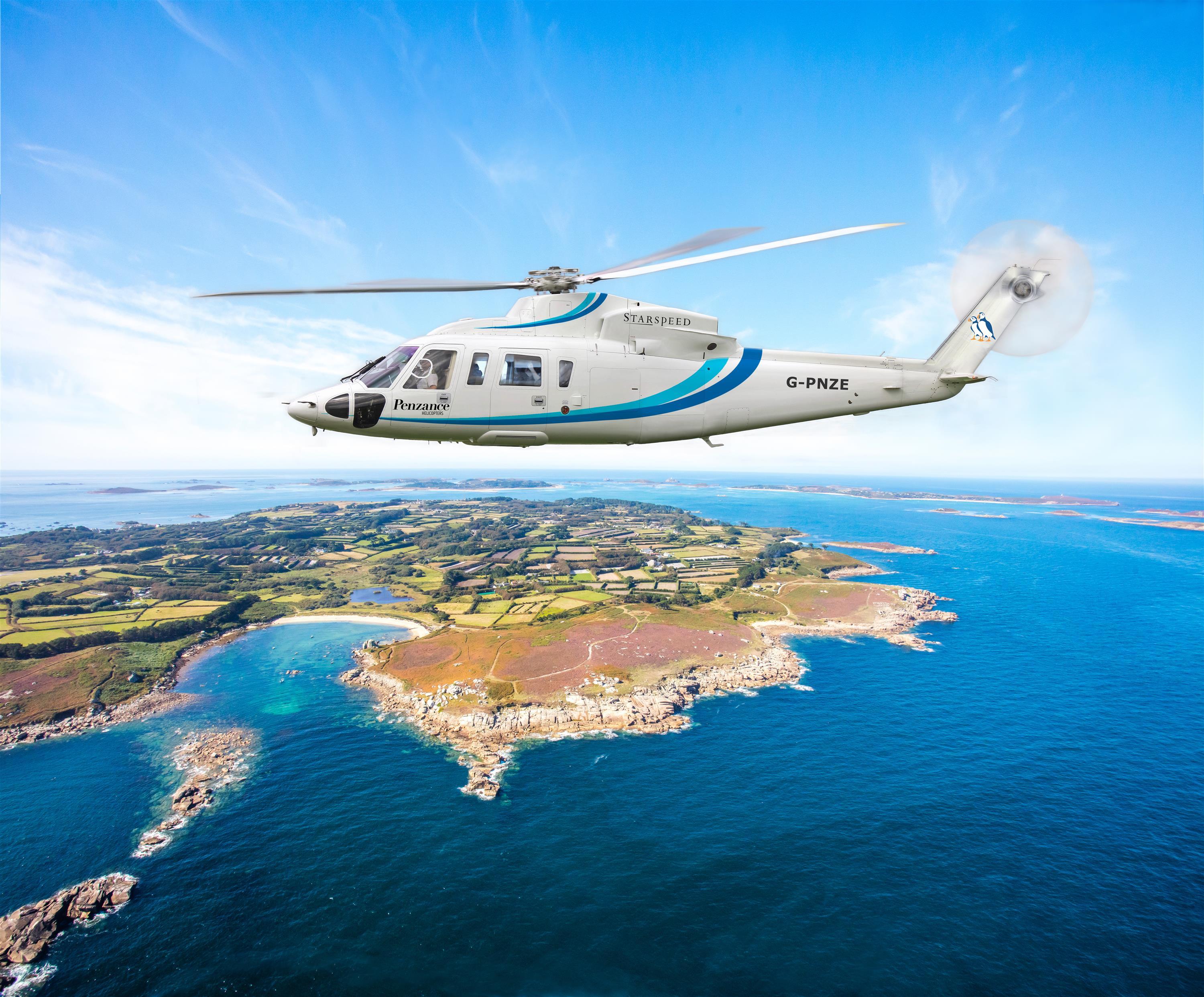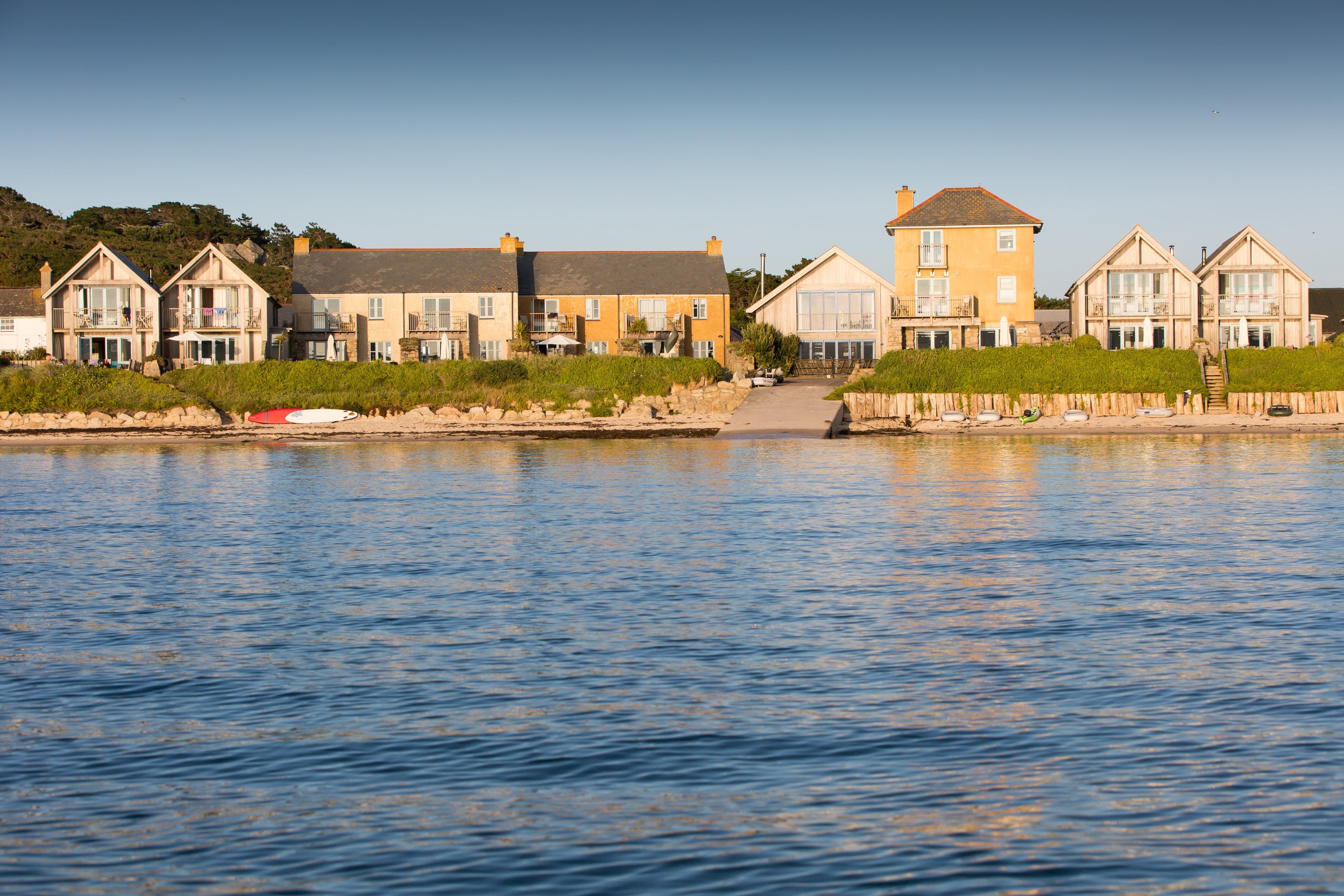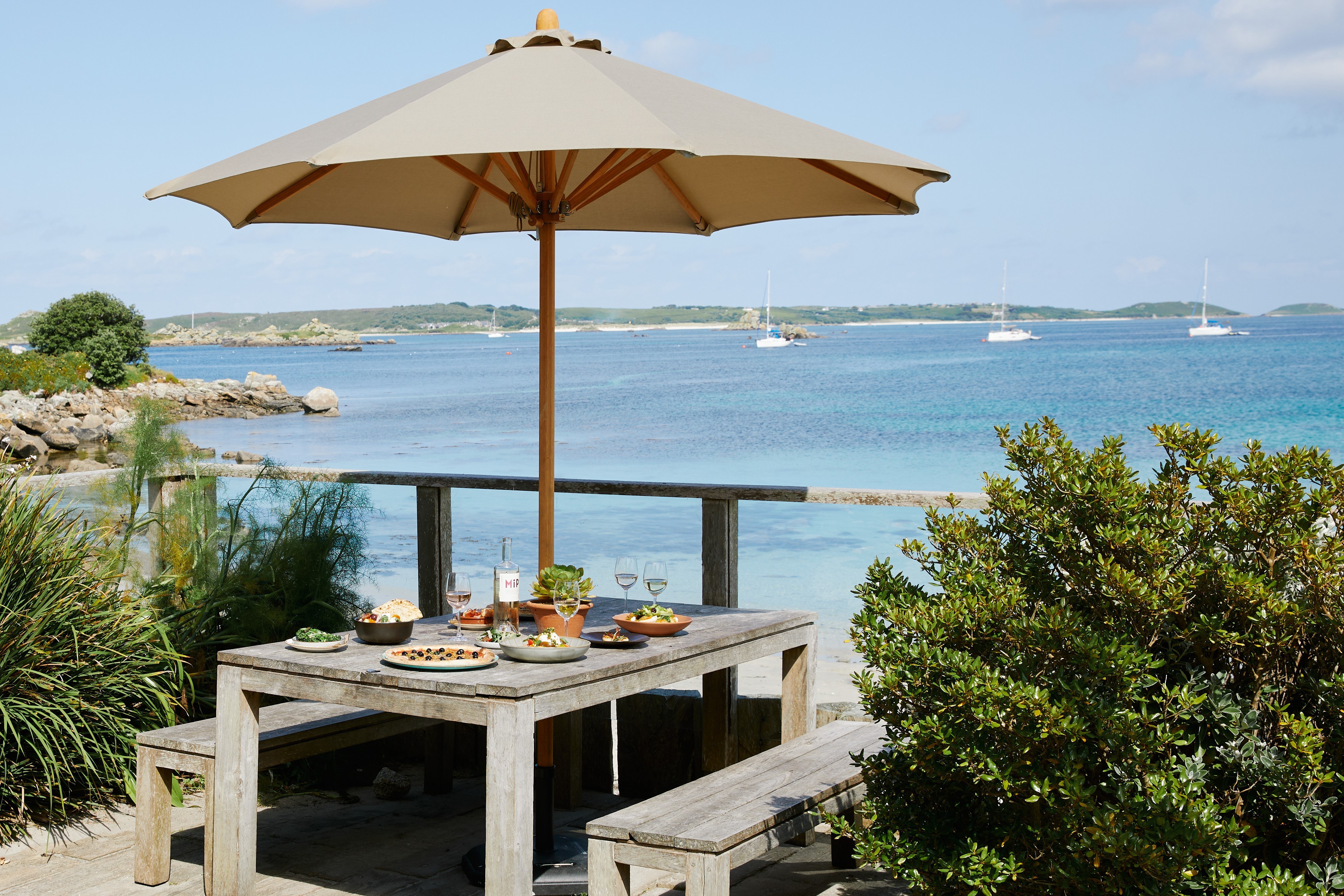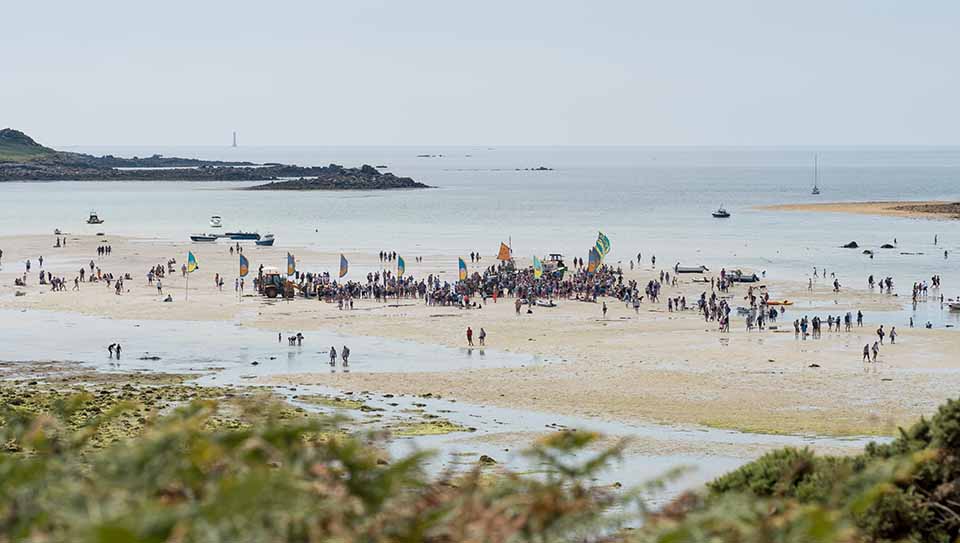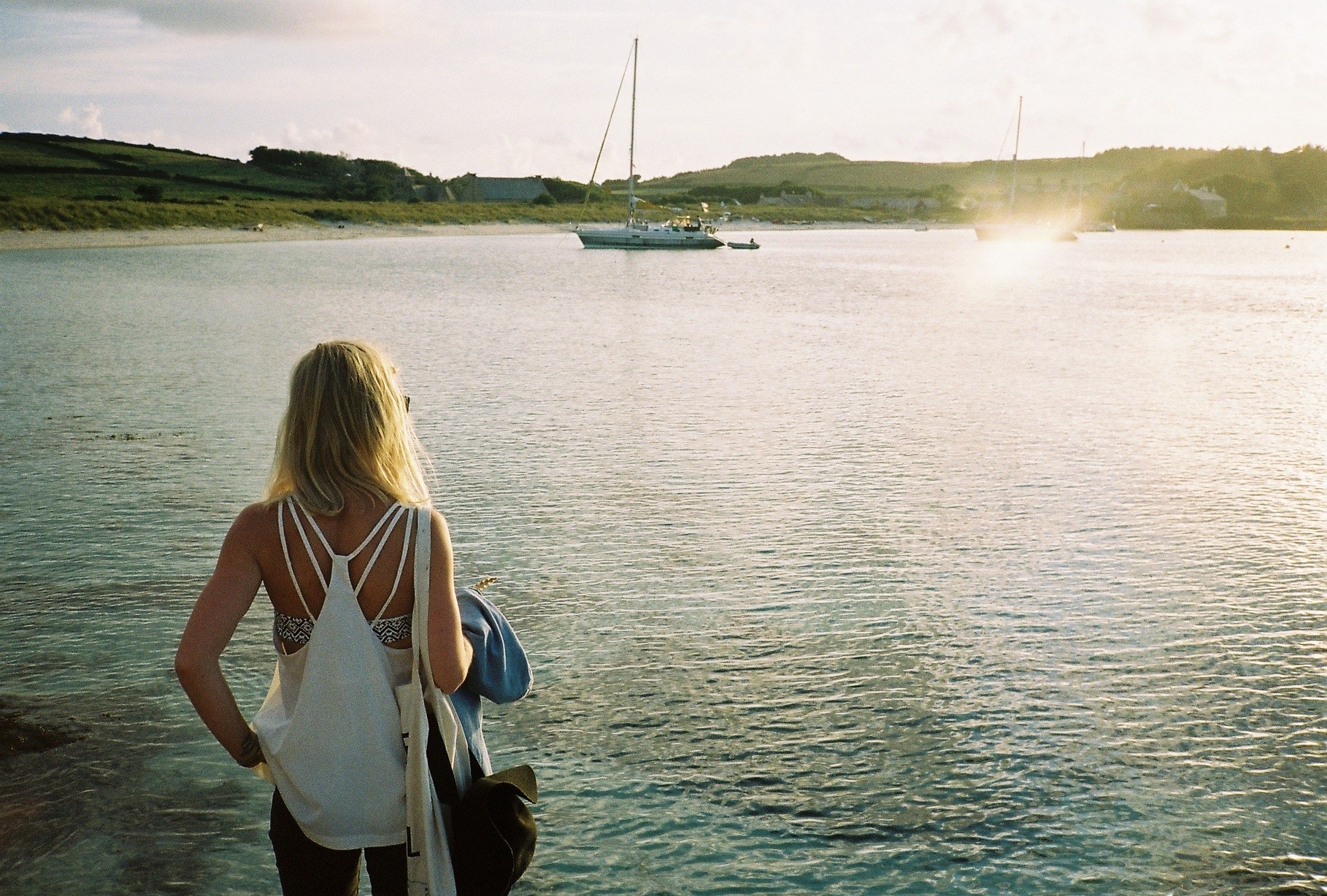The Wheatear
The Birdman David Rosair writes about one of his favourite island visitors, the Wheatear.
David Rosair, The Birdman Writes……
Wheatear Oenanthe oenanthe oenanthe
Traditionally the Cuckoo heralds the ornithological onset of Spring, but on the Isles of Scilly Spring comes very early – indeed beautiful warm days often occur around late February into early March, co-inciding with the arrival of the Wheatear.
The Handbook of Britsh Birds (Witherby et al, 1935) describes the Wheatear nationally as a “Summer-resident, widely distributed, though local, also passage-migrant, arriving in the second week of March. Summer-residents begin to move south mid July and leave south coast early August”. Referring to the Isles of Scilly Bird Report for 2012, the Wheatear is currently described as “Abundant. A breeding summer visitor, and spring & autumn passage migrant”.
Typically the birds will arrive on the islands from early March, exhibiting a very protracted migration period all the way through to early June, with a Spring peak of 30+ birds per day around mid April-mid May. Autumn migration commences through the Islands late July continuing through to late October, again with peaks of 50+ birds daily late September-early October. Although a few birds may be seen throughout the Summer, sadly there has been no recent evidence of confirmed breeding.
A bird of open, stony country with meadowland, often on moorland, coastal grassland, downland & coastal shingle, the Wheatear is best looked for on the Heliport and coastal area between Carn Near & Tobaccoman’s Point, the Blockhouse and it’s favoured haunt, Castledown. Often the first sign of the bird will be the flash of the white upper tail coverts and rump patch as the bird flits over a stone wall or low across the heather moorland. At rest the distinctive “jizz” of the bird is readily apparent, with its upright stance, Spring males sporting a black mask, salmon-pink underparts and ash-grey back with black wings. Females, as so often the case are duller brown, lacking the black mask and bright underparts. First winter birds passing through in Autumn will also appear duller, but with black centres to the coverts and warm buffish-brown edges to the secondaries. The observer may also be drawn to the presence of the bird by its tongue-clicking “chack” call.
To clearly separate the species from “other” Wheatears, our species is now correctly known as “Northern Wheatear”. Late Spring migrant birds passing through, appearing more upright in stance, longer billed & brighter overall in appearance may well belong to the “Greenland” form of the Northern Wheatear, breeding as its name suggests in both Greenland & Iceland. Rarely in Spring, the Black-eared Wheatear has been recorded ( I remember seeing one on St Agnes in the last century!), whilst during the Autumn both Pied Wheatear & Isabelline Wheatear are to be carefully looked out for, especially after a good “Fall” of Northern Wheatears. Happy Wheatear hunting!
David will be on Scilly conducting his “Birds, Flowers & Butterflies” Tours in the Spring from April 26-May 1 (Hell Bay, Bryher) and May 1-6 (New Inn, Tresco) and also during the Autumn from Sept. 20-25 (New Inn, Tresco) and Sept. 25-30 (Hell Bay, Bryher). Please contact him on 01227 793501. www.islandventures.co.uk
